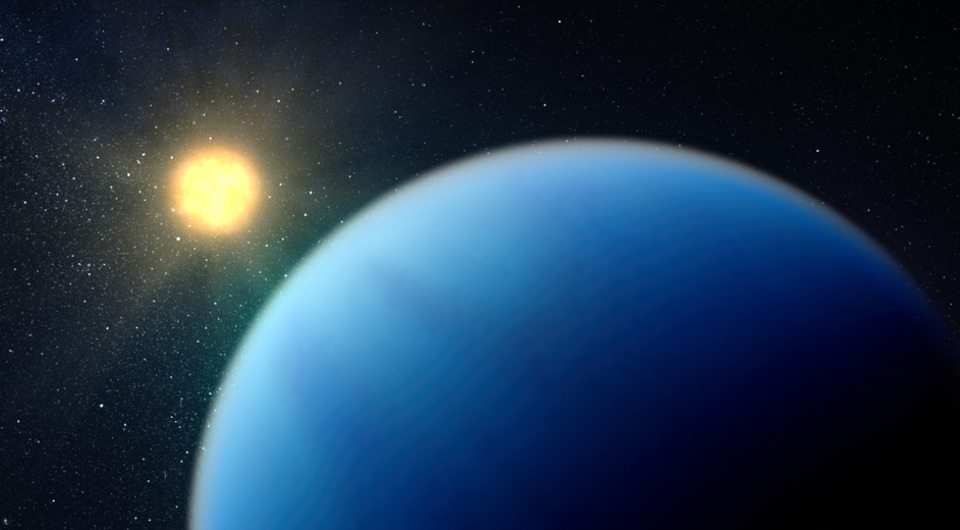Researchers Might Finally Uncover the Reason Behind the Transformation of Massive Alien Planets into ‘Super-Earths’
Recent studies reveal that specific sizable exoplanets are undergoing a reduction in size due to internal processes, leading to the emergence of numerous rocky ‘super-Earths.’
Astronomers revealed on November 15 that the atmospheres surrounding certain planets outside our solar system are dissipating into space, causing these celestial bodies to diminish in size. Surprisingly, these planets are not losing their atmospheres due to the expected influence of intense stellar winds, but rather through internal processes.

While Earth loses about 90 tons of air into space daily as a result of solar heating, this gradual rate suggests that it would take approximately 15 trillion years for our planet to completely lose its atmosphere, offering reassurance on that front. However, a recent study indicates that specific exoplanets, particularly those larger than Earth but smaller than Neptune, are actively expelling their atmospheres from within, a phenomenon termed “core-powered mass loss.” This process is believed to transform a puffy, sub-Neptune planet into a more compact rocky super-Earth.
This discovery has provided astronomers with valuable insights, explaining the scarcity of exoplanets within the size range of 1.5 to two times that of Earth—a critical zone between super-Earths and sub-Neptunes. Lead author of the study, Jessie Christiansen from Caltech, suggests that exoplanet scientists now possess enough data to assert that this size gap is not coincidental, indicating an underlying factor preventing planets from achieving or maintaining this specific size.
The researchers propose that radiation, emanating from the hot cores of these sub-Neptune planets, acts as the driving force pushing away their atmospheres. This theory contrasts with an alternative, albeit unlikely, explanation involving photoevaporation—a process where a star’s radiation strips away a planet’s atmosphere, likened to a “hair dryer on an ice cube.” The study dismisses this alternative due to its presumed occurrence within the first 100 million years of a planet’s formation, while the analyzed sub-Neptunes are considerably older.
The investigation relied on exoplanet data gathered by NASA’s Kepler 2 mission, focusing on sub-Neptunes orbiting stars in the Praesepe or Beehive cluster and the Hyades cluster. The study found that in star systems older than 800 million years, only 25 percent displayed orbiting sub-Neptunes, aligning with the anticipated timeframe for core-powered mass loss. In conclusion, Christiansen emphasizes that insufficient mass results in atmospheric loss and planetary contraction.
This research is described in a paper published Nov. 15 in The Astronomical Journal.
Do not forget to share your opinion with us to provide you with the best posts !




0 Comments